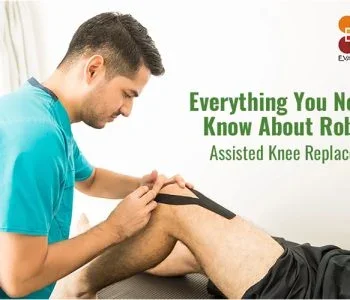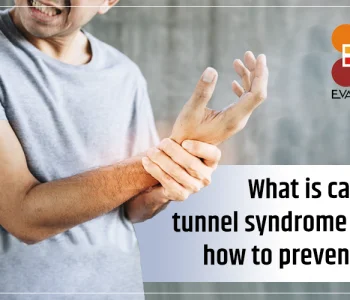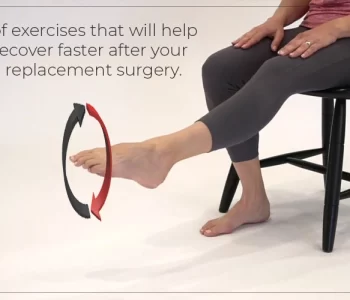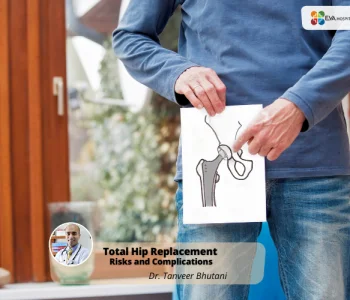Tendonitis and Tendinopathy
 Eva Hospital
Eva Hospital
Tendonitis and Tendinopathy
Tendonitis (or tendinitis) is an inflammation of tendons, tissues that attach bones to muscle.
Tendinopathy, also called tendinosis, infers the decay of collagen protein in the tendon. This results in burning pain in addition to reduced flexibility and range of motion.
What Is the Difference Between Tendinopathy and Tendonitis?
The terms tendinopathy and tendonitis are often used interchangeably. Although the two conditions have practically equivalent symptoms, they’re different ailments.
Tendinopathy is most commonly found in the following tendons:
- Achilles – heels
- Rotator cuff – shoulder
- Patellar – knees
- Hamstring – upper legs
While more people think they understand tendonitis more, actually tendinopathy is more prevalent. It is just not diagnosed as frequently as tendonitis is.
What Causes Tendinitis & Tendinopathy?
Tendinitis is most often caused by overuse, repetitive stress, minor injury, or sudden forceful impact on the tendon tissues.
On the other hand, the lack of muscle tone, and wear and tear can play a role in the development of tendinopathy. People who make the same movements are likely to develop tendon injury, such as during:
Gardening, carpentry, cleaning, shoveling, painting, tennis, golf, or scrubbing.
Also, if the tendon has already degenerated, you are more likely to tear it by impact.
Incorrect posture at work or lack of warm-up before a heavy workout or playing sports also increases a person’s risk. Other risk factors are:-
- An abnormally positioned bone or joint
- Stress from medical conditions, such as rheumatoid arthritis, gout, psoriatic arthritis, or thyroid disorders.
- Overuse or putting too much stress on the muscle that it is not used to.
- When you play or exercise intermittently, like only on weekends.
- Infection resulting from a dog or cat bite may cause tendonitis too.
Who Is Prone to Tendon Injuries
Although anyone may get tendonitis, it more likely occurs in adults, or aged sportspersons, over forty years of age. With advancing age tendons become less tolerant to stress and are likely to rupture or get inflamed.
Which Area of the Body Are You Likely to Get Tendonitis or Tendinopathy?
Tendinitis & Tendinopathy may occur in any area wherever tendons are present, connecting bones to muscles. However, the, most common sights are the base of the thumb, elbow, shoulder, knees, hips, or Achilles- the largest tendon.
What Are the Common Symptoms of Tendonitis and Tendinopathy?
As we said earlier, the symptoms are similar, such as:
- Pain at the injury site and surrounding area. It may be sudden or build up gradually and become inflated over time. may gradually build up or be sudden and severe, especially if calcium deposits are present.
- Loss of motion in the shoulder, called “adhesive capsulitis” or frozen shoulder.
How Can I Avoid Tendinitis?
To avoid tendinitis, try these tips when performing activities:
- Take it slow at first. Gradually build up your activity level.
- Use limited force and limited repetitions.
- Stop if pain occurs. Do something else. Try again later and if pain recurs, stop that activity for the day.
How Is Tendinitis Treated?
Initial treatment of tendinitis includes:
- Avoiding activities that aggravate the problem
- Resting the injured area
- Icing the area the day of the injury
- Taking over-the-counter anti-inflammatory drugs or using topical anti-inflammatory gels
If the condition does not improve in a week, see your doctor. You may need more advanced treatments, including:
- Corticosteroid injections. Corticosteroids (often called simply “steroids”) are often used because they work quickly to decrease inflammation and pain.
- Physical therapy. This can be very beneficial, especially for a “frozen shoulder.” Physical therapy includes range-of-motion exercises and splinting (thumb, forearm, bands).
- Surgery. This is only rarely needed for severe problems not responding to other treatments.
How is Tendinopathy Treated?
While NSAIDs and corticosteroids aren’t being used as much to treat tendinopathy, there are plenty of other options. Most people find that a combination of home treatment and physical therapy works best. But if you have a more severe case, you may need surgery.RICE Physical Therapy & Surgery
Deep Transverse friction massage, a type of connective tissue massage that can help to stimulate cell activity and generate new collagen fibers eccentric exercises, which force your muscles to lengthen while they contract, rather than shorten surgery.
If you have severe tendinopathy that doesn’t respond to any other treatment, your doctor may recommend tendon repair surgery. They’ll probably recommend you do some physical therapy during the recovery process, which can take up to 12 weeks.
How Long Will Recovery From Tendinitis Take?
Tendinitis may take weeks to months to go away, depending on the severity of your injury.
Warning
You should see your doctor if you experience any of the following:
- Fever (over 100 degrees Fahrenheit)
- Swelling, redness, and warmth
- General illness or multiple sites of pain
- Inability to move the affected area
These could be signs of another problem that needs more immediate attention.
Also Read: Rotator Cuff tear – Causes & Risk factors
Conclusion
What’s the outlook?
While tendinopathy can be very painful, several things can help to manage the pain. For many people, a combination of home treatment and physical therapy provides relief.
But if your symptoms aren’t showing any signs of improvement, it may be time to consider tendon repair surgery.









